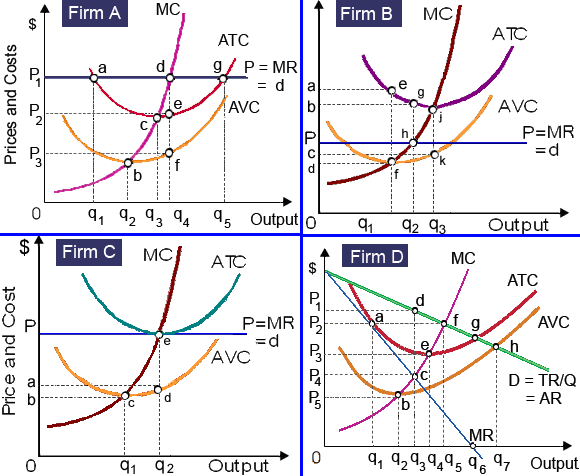Firm A in below illustration of figure maximizes profit and is: (1) demonstrated as operating in the long run. (2) capable of reaping economic profit of P2P1de, since only in the short run. (3) incurring economic losses equivalent to fixed costs of P3P2ef. (4) earning normal accounting profits, although only when it operates efficiently. (5) producing output level q5 to maximize total revenue.

Can anybody suggest me the proper explanation for given problem regarding Economics generally?